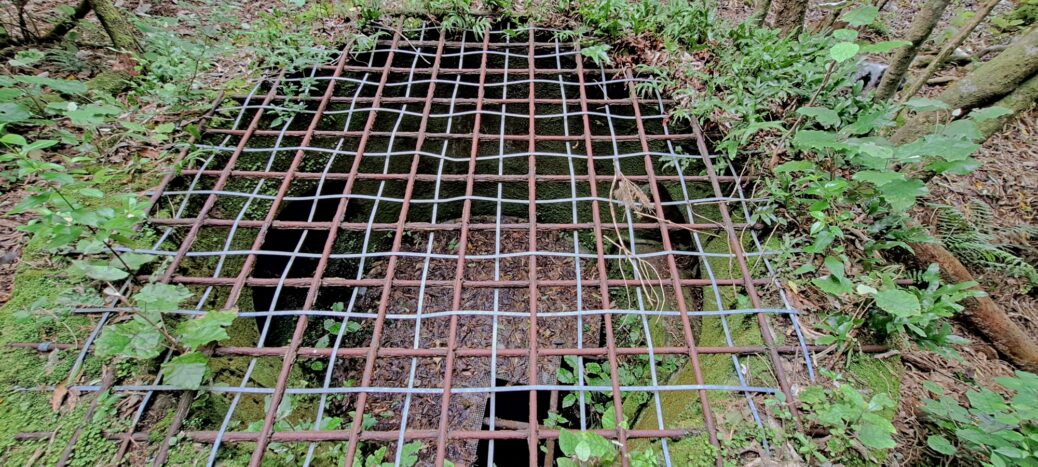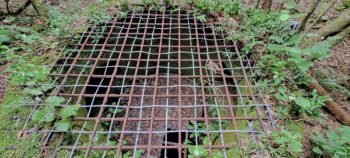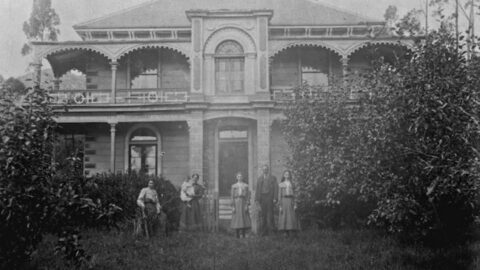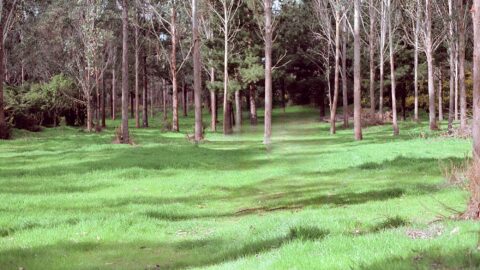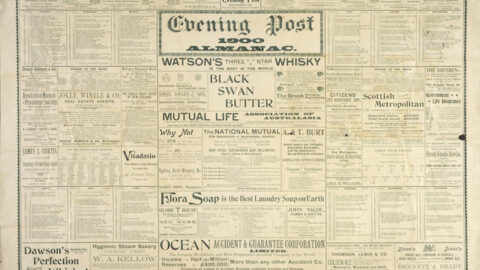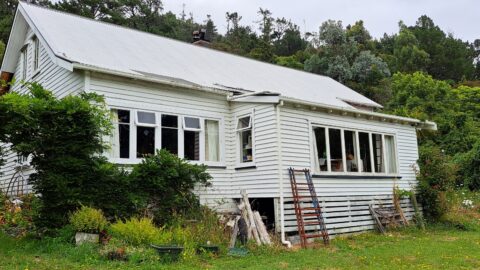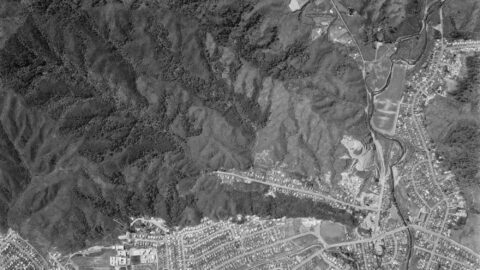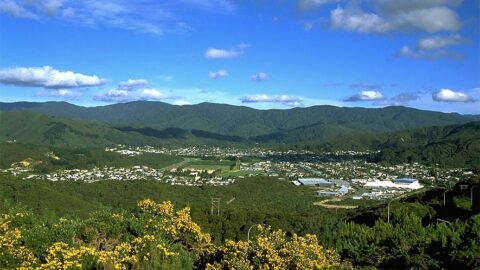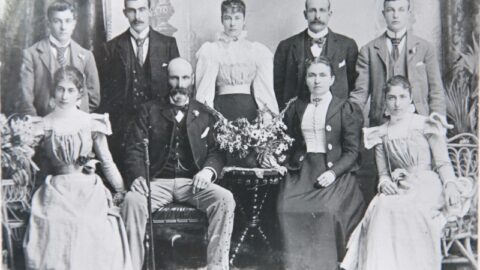Colemans Tunnel in Wainuiomata was built during 1881/82. It was subsequently abandoned sometime between 1899 and 1901.
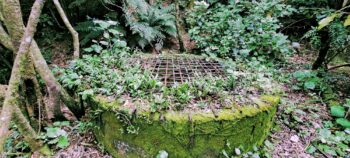 Colemans Tunnel was abandoned as it wasn’t very functional. It was replaced by pipes from the Lower Reservoir Dam to the existing pipeline at the tunnel’s terminus.
Colemans Tunnel was abandoned as it wasn’t very functional. It was replaced by pipes from the Lower Reservoir Dam to the existing pipeline at the tunnel’s terminus.
Still standing today. the brick lined tunnel is 43 meters in length and ends at a vertical shaft (pictured) that is about 18 metres high and pierces the nearby hillside. Today the shaft and tunnel is concealed from public view due to forest cover. The entrance to the tunnel was also fully sealed with bricks in the early 1980s and then buried by rocks later in that decade. Today the location of the entrance is difficult to find as dense scrub and vegetation has fully covered the site and surrounds. The location of the tunnel is near Reservoir Road.
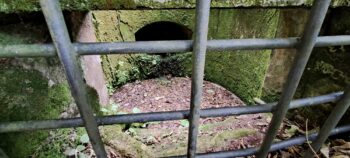 The tunnel was named after John Coleman (1835 – 1908). Five proposals were submitted for the construction of this tunnel, and his bid was approved in September 1880, possibly earlier. Some people knew the tunnel as Richard Prouse Park Tunnel because the tunnel entrance is located on the eastern perimeter of that park. It must be noted however, that Richard Prouse Park did not extend to that perimeter till many decades later.
The tunnel was named after John Coleman (1835 – 1908). Five proposals were submitted for the construction of this tunnel, and his bid was approved in September 1880, possibly earlier. Some people knew the tunnel as Richard Prouse Park Tunnel because the tunnel entrance is located on the eastern perimeter of that park. It must be noted however, that Richard Prouse Park did not extend to that perimeter till many decades later.
The shaft functioned as a water conduit and the attached horizontal tunnel is where that water was fed into a pipe. Starting at the dam, water flowed along a water race, but was devoid of any pressure and was also exposed to the open air. Upon reaching the shaft, it simply poured down the shaft maintaining a pressureless descent. Consequently, when the well reached capacity and potentially overflowed, it served dual purposes.
Primarily, the shaft offered volume and gravity-driven water pressure to boost the water flow in the pipeline to Wellington. This pressure enabled the water flow to ascend over the Wainuiomata Hill to Petone.
Secondly, it played a crucial role in barring the introduction of air into the initial section of a sealed pipeline. The presence of air, being compressible, poses significant challenges by generating considerable back pressure and triggering substantial hammering issues in plumbing. If not properly addressed, these problems can potentially lead to severe fractures.
Further, along the pipeline, various air traps and relieving valves were strategically placed. These installations aimed to address the inevitability of some air ingress, necessitating the bleeding out of air pockets at high points throughout the pipeline route.
Special thanks to Jeremy Foster for his help with the historical aspect of this article.
Special thanks to Tony Weir for his help with explaining the function of the shaft.

